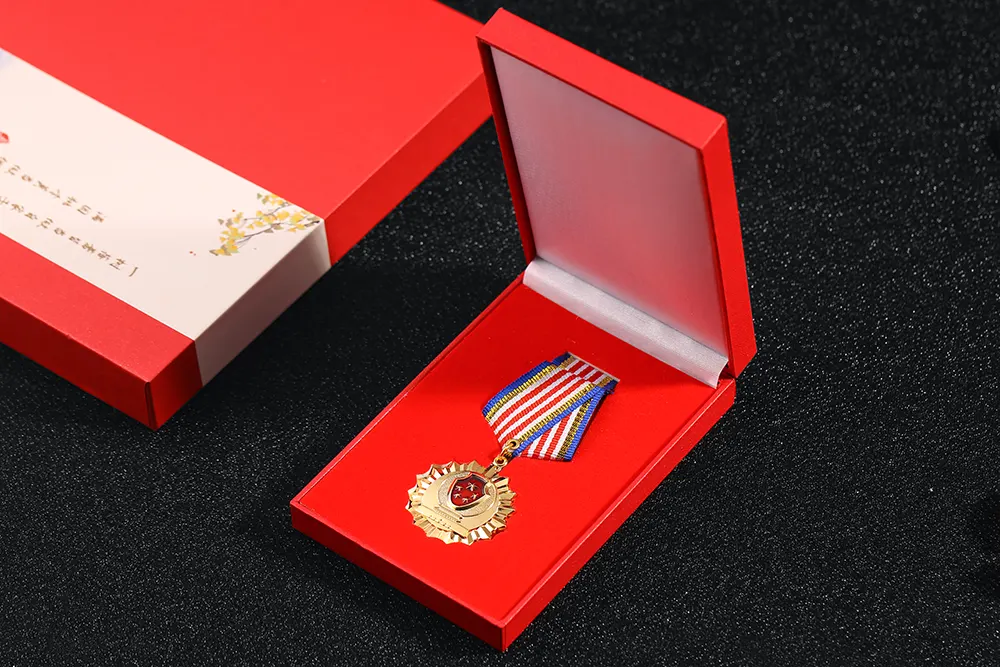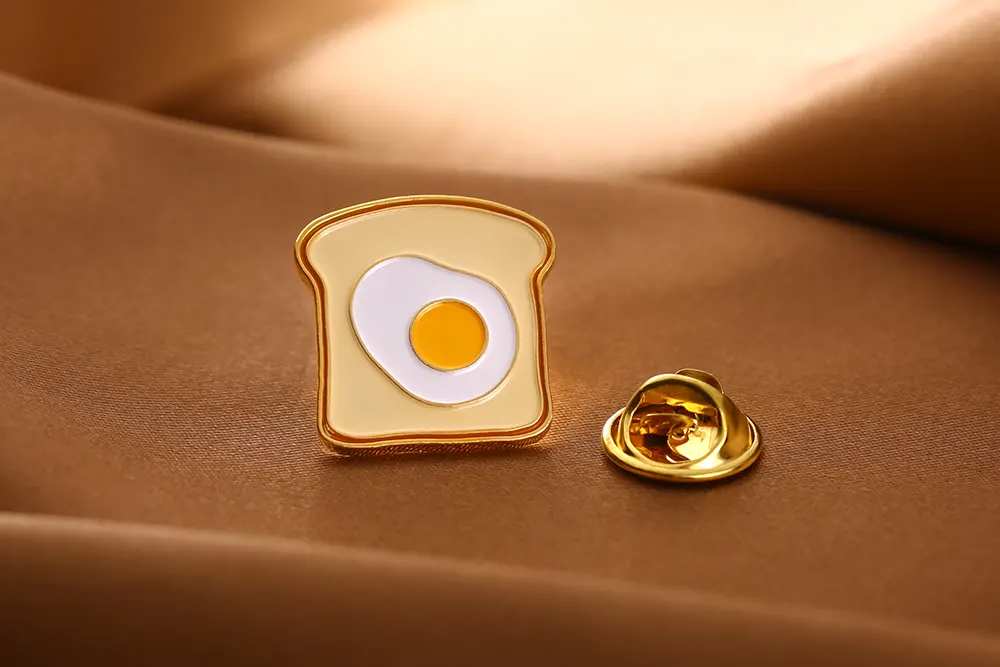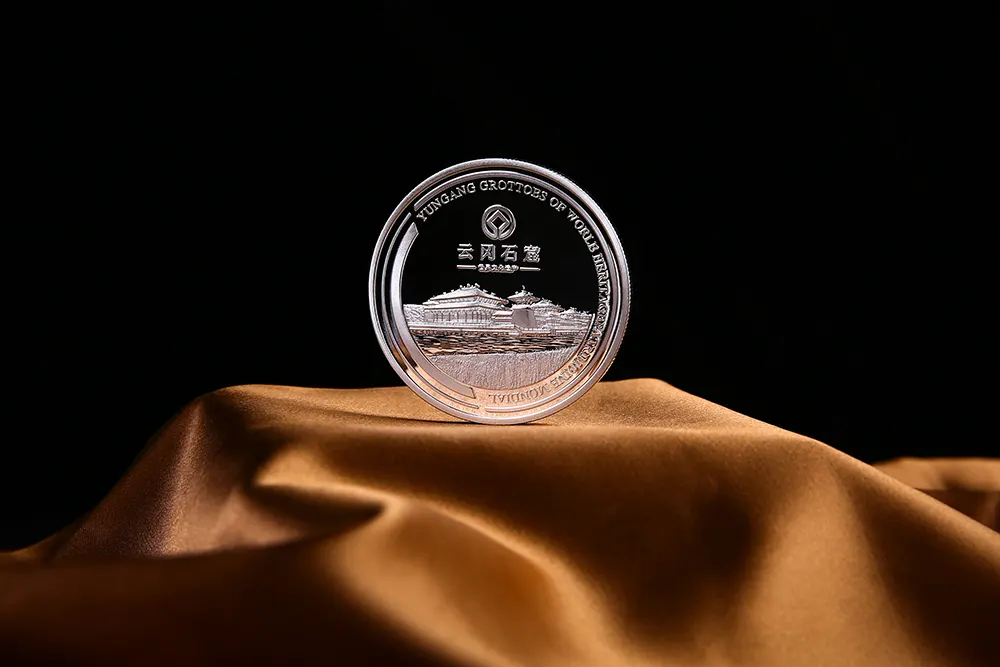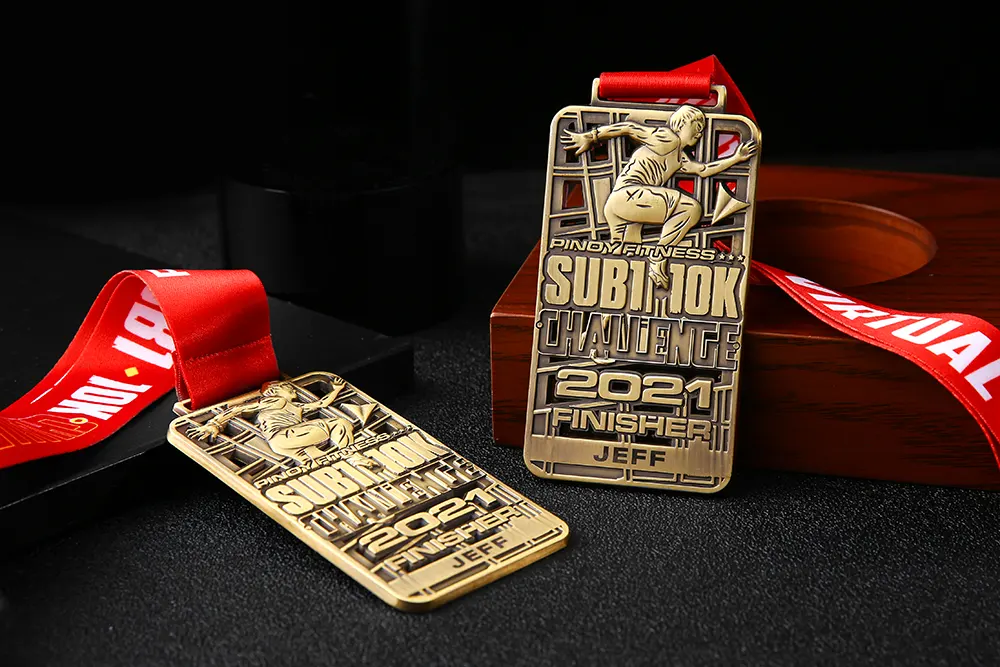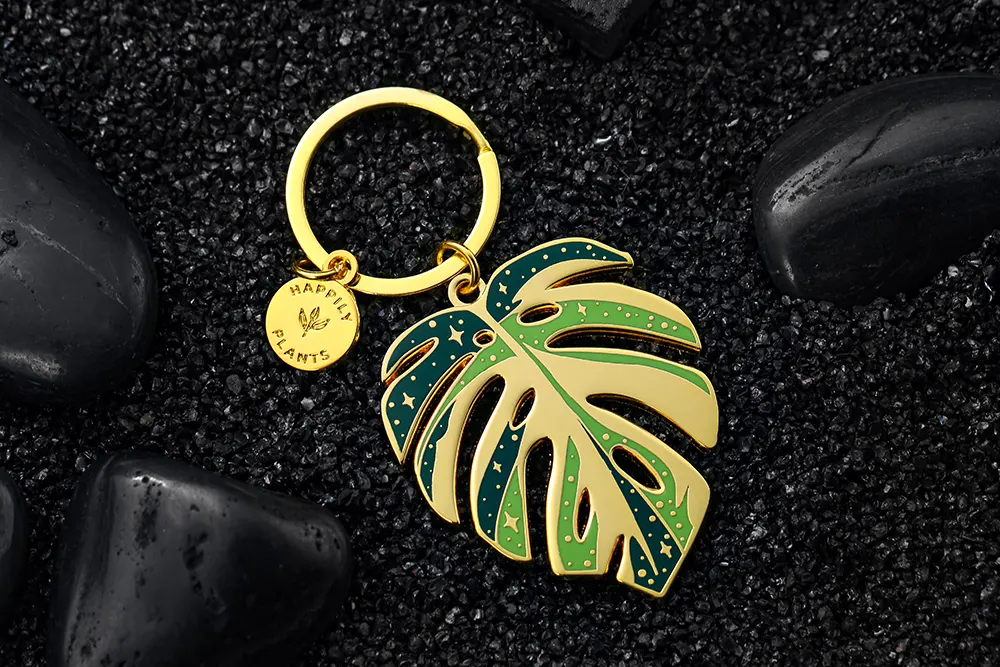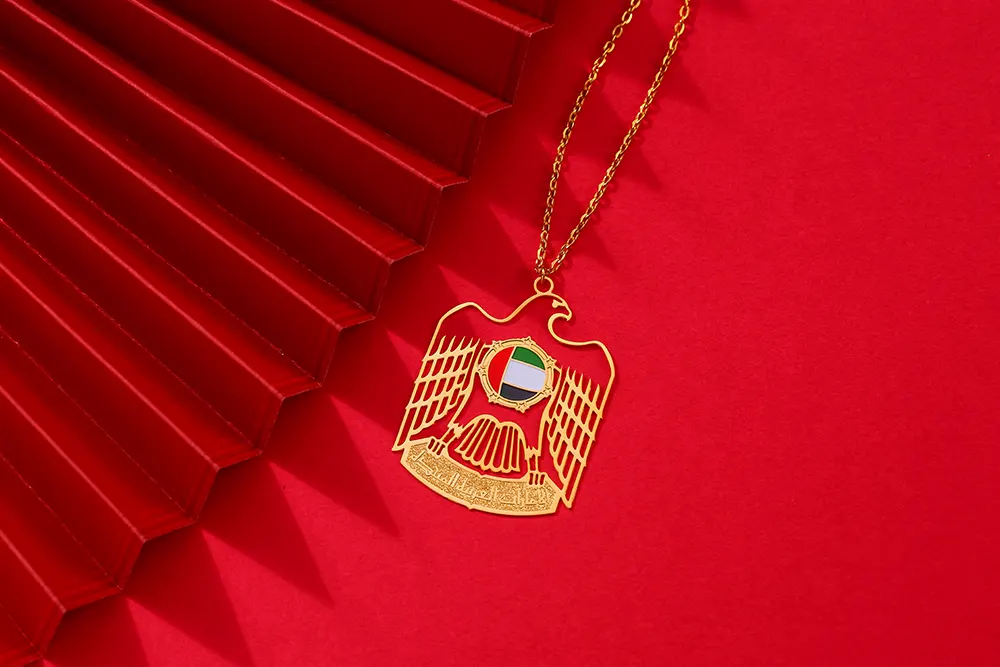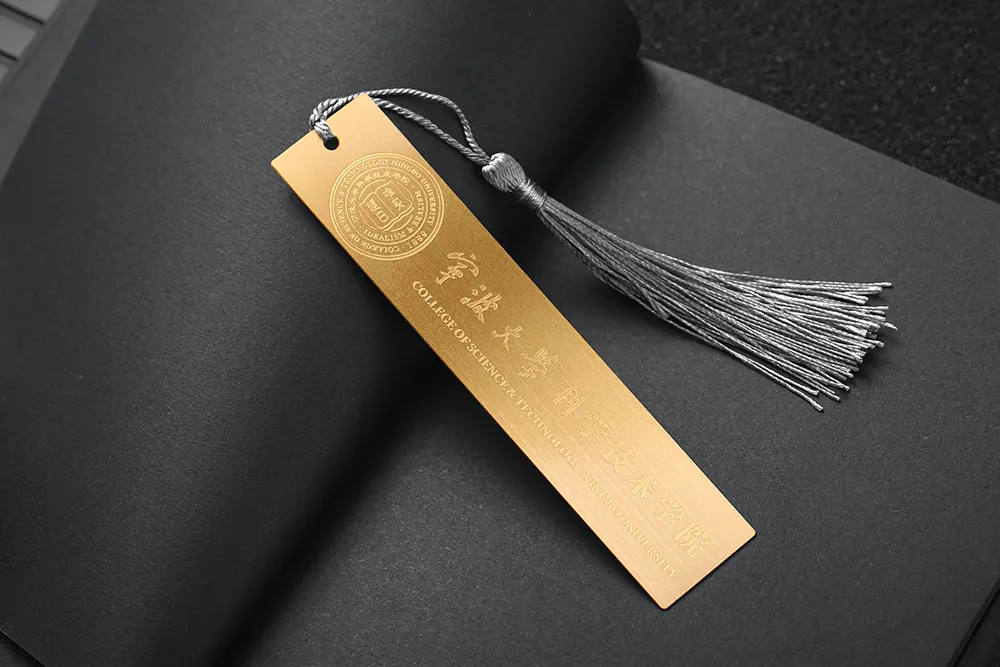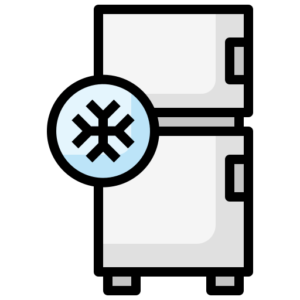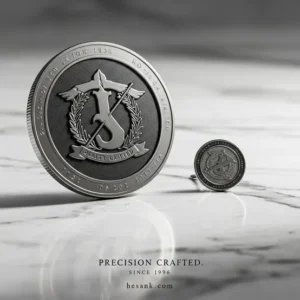Have you ever pulled a shiny new coin from your pocket and wondered about its journey? The transformation from a raw metal strip to the precise currency we use every day is a marvel of modern engineering and artistry. Let’s explore the fascinating, step-by-step process of how coins are manufactured.
The Blueprint: Designing and Engraving
Long before any metal is struck, the coin’s life begins with an artist’s sketch. Once a design is approved, master engravers sculpt a large, plaster model. This model is then scanned and reduced using a digital pantograph to create a master hub—a hardened piece of steel with the coin’s design in positive relief. This hub is used to create master dies, which are the tools that will ultimately impress the design onto the metal blanks.
Preparing the Canvas: The Planchet
The coin’s body is called a “planchet.” It starts its life as a massive coil of metal alloy, specific to the coin’s denomination. For instance, the U.S. Mint uses a copper core with zinc plating for pennies and a copper-nickel clad for quarters and dimes. This metal coil is fed through a blanking press, which punches out round discs, much like a cookie cutter. These raw blanks have rough edges and are softened in a furnace (annealed) to make them more malleable.
The Final Touches: Upsetting and Striking
After annealing, the blanks are washed and dried. They then go through an “upsetting” mill, which raises a rim around the edge. This crucial step creates the coin’s familiar ridge and ensures the blanks will feed properly into the coin presses. Now, they are officially planchets.
The planchets are finally ready for their transformation. They are fed into a high-tonnage coining press. Here, two dies—one for the “heads” side and one for the “tails”—stamp the planchet with immense pressure, up to 60 tons or more. This impact forces the metal into the die’s crevices, creating the intricate designs, lettering, and reeded edges we see on the final coin.
A Moment of Scrutiny: Inspection and Bagging
Freshly struck coins are not immediately sent to banks. They undergo a rigorous automated inspection. High-speed cameras scan each coin for any flaws—mis-strikes, off-center designs, or other imperfections. Faulty coins are culled and melted down for reuse. The perfect coins are counted, bagged, and shipped to Federal Reserve Banks for distribution into the economy.
A Glimpse Inside the Mint
While the text above outlines the process, seeing it in action adds a whole new layer of appreciation. I recall watching a documentary on coin manufacturing years ago, and the moment the press struck a blank, transforming it instantly into a recognizable coin, was mesmerizing. The sheer speed, power, and precision are something you have to see to believe. For a truly immersive experience, I highly recommend searching for a “how coins are made video” from an official mint source. Seeing the glowing metal blanks and hearing the rhythmic clang of the presses makes the entire process come alive in a way words alone cannot.
The next time you have a coin in your hand, take a closer look. That small piece of currency is the result of a sophisticated, multi-stage manufacturing process, blending art, science, and immense mechanical force to create an object we often take for granted.






